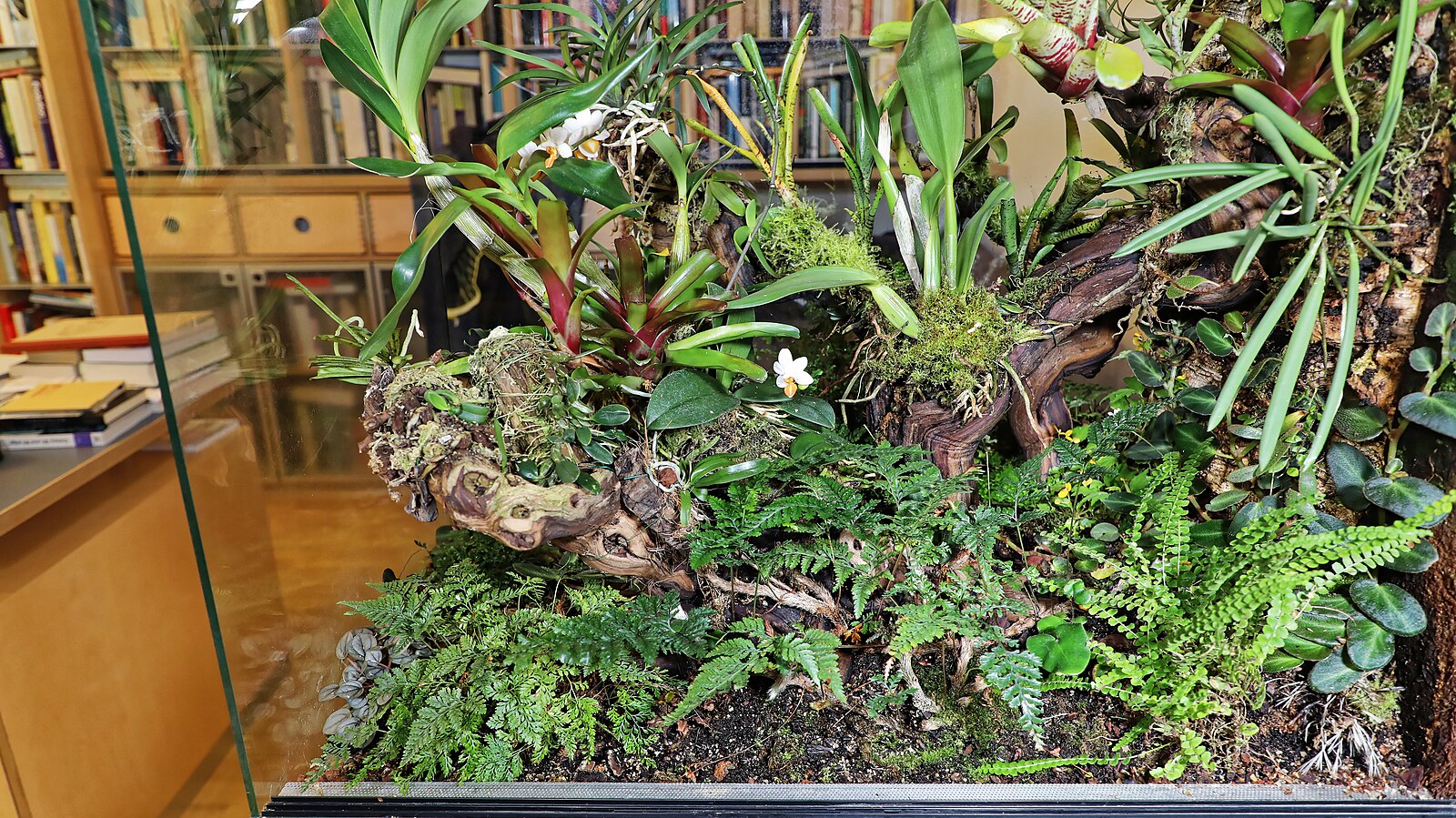Creating a bioactive terrarium with live plants doesn’t just enhance the aesthetic appeal of your reptile’s habitat—it creates a more natural environment that benefits your pet’s physical and psychological well-being. Live plants help maintain humidity, provide natural hiding spots, improve air quality, and can even serve as food sources for some species. However, selecting the right plants requires careful consideration of your reptile’s specific needs, the terrarium conditions, and the plants’ ability to thrive in an enclosed environment. This comprehensive guide explores the best plant options for exotic reptile terrariums and offers practical advice for successful integration.
Understanding Bioactive Terrariums
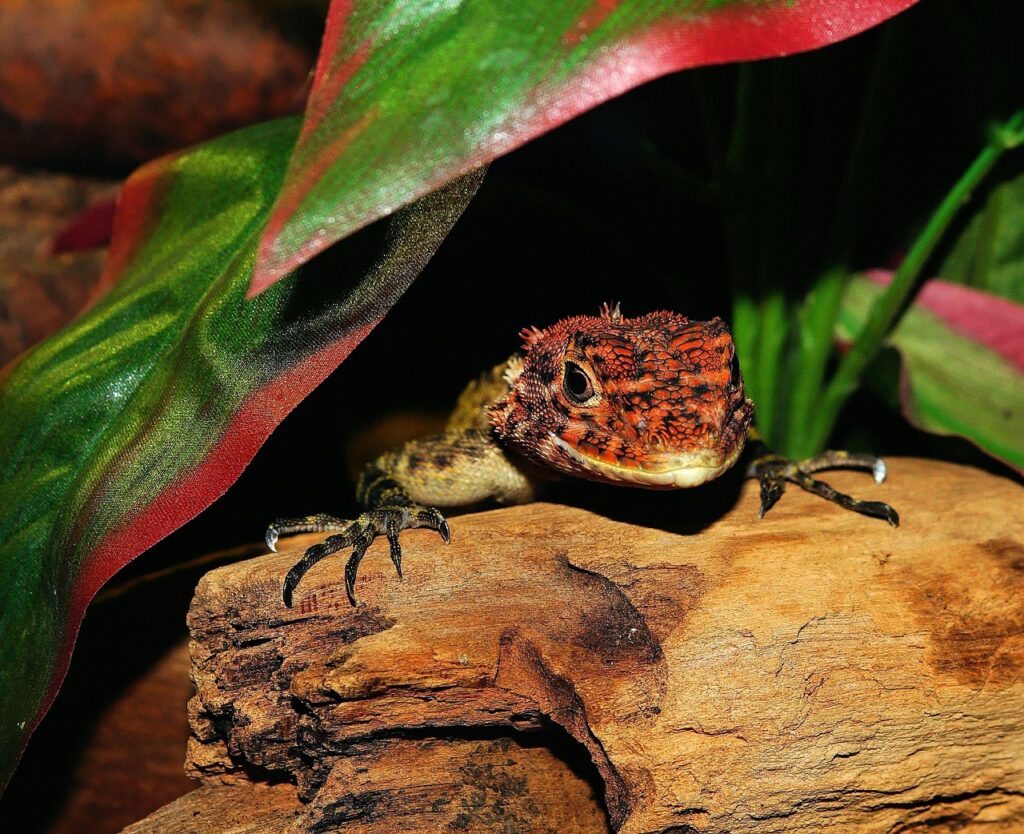
A bioactive terrarium is a self-sustaining ecosystem that mimics your reptile’s natural habitat, complete with live plants, a cleanup crew of beneficial insects, and specialized substrates. These living habitats provide numerous benefits, including natural waste processing, humidity regulation, and a more stimulating environment for your exotic pet. The plant component of this system serves multiple purposes—from creating microclimates within the terrarium to producing oxygen and absorbing carbon dioxide. When properly established, a bioactive setup requires less maintenance than traditional enclosures while providing a significantly enriched environment that encourages natural behaviors like climbing, burrowing, and foraging.
Safety Considerations for Terrarium Plants

Before introducing any plant into your reptile’s environment, verification of its safety is paramount. Many common houseplants contain toxic compounds that can harm reptiles through direct consumption or skin absorption. All plants should be thoroughly researched for toxicity specific to reptiles, not just mammals or humans. Additionally, plants from commercial nurseries often contain pesticides, fertilizers, and growth regulators that can be harmful to terrarium inhabitants. To ensure safety, source plants from reptile-specific suppliers or thoroughly clean and quarantine nursery plants before installation. This process typically involves removing all potting soil, washing the entire plant including roots, and keeping it isolated for at least two weeks to monitor for pests or chemical reactions.
Matching Plants to Your Reptile’s Natural Habitat

The most successful terrarium plant selections reflect the ecological niche your reptile species naturally occupies. Desert-dwelling species like bearded dragons require drought-tolerant succulents and cacti that thrive in arid conditions with intense light. Tropical reptiles such as many geckos and chameleons benefit from humidity-loving foliage plants that create the lush, layered environment of a rainforest. Semi-aquatic species including certain turtles and monitors need plants that can tolerate occasional submersion and wet substrates. Research your specific reptile’s natural geographic region and microhabitat preferences to create an authentic plant palette that will not only survive but contribute meaningfully to the habitat’s environmental conditions.
Top Plants for Desert Terrariums
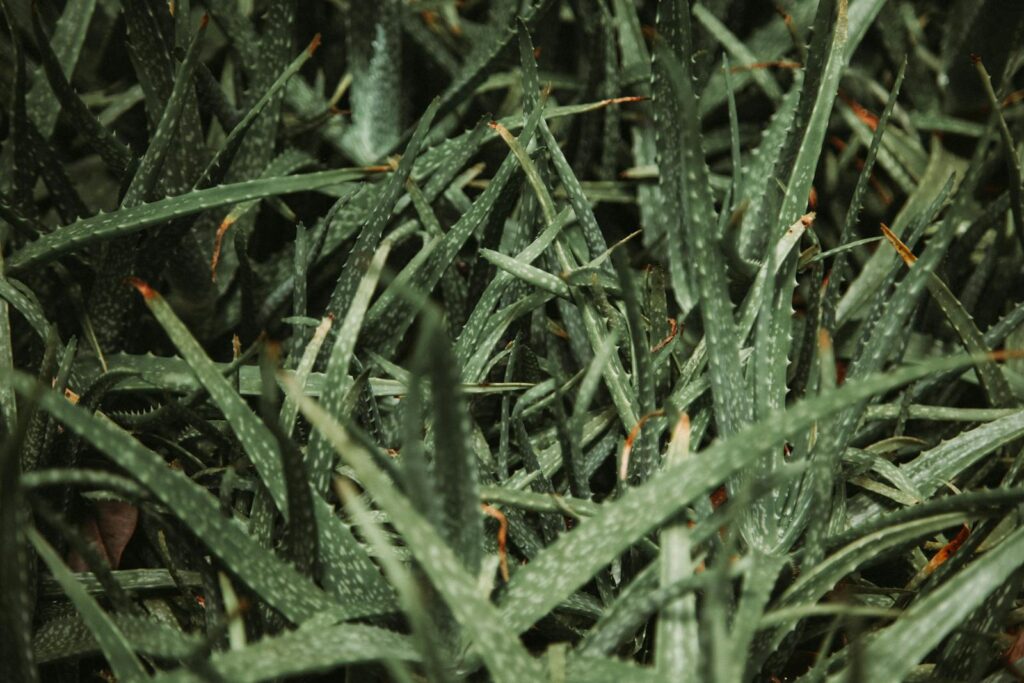
Desert terrariums require plants adapted to bright light, low humidity, and minimal water requirements. Aloe vera makes an excellent choice, offering thick, fleshy leaves that store water efficiently while providing interesting texture and structure to the habitat. Haworthia species, particularly zebra haworthia, remain compact and tolerate the dry conditions while adding visual interest with their distinctive white-striped leaves. Echeveria and other rosette-forming succulents provide natural ground cover in varied colors and shapes, staying relatively small in terrarium settings. For larger desert enclosures, small varieties of barrel cactus can serve as dramatic focal points, though their spines necessitate careful placement away from areas where reptiles frequently move to prevent injury.
Ideal Plants for Tropical Terrariums
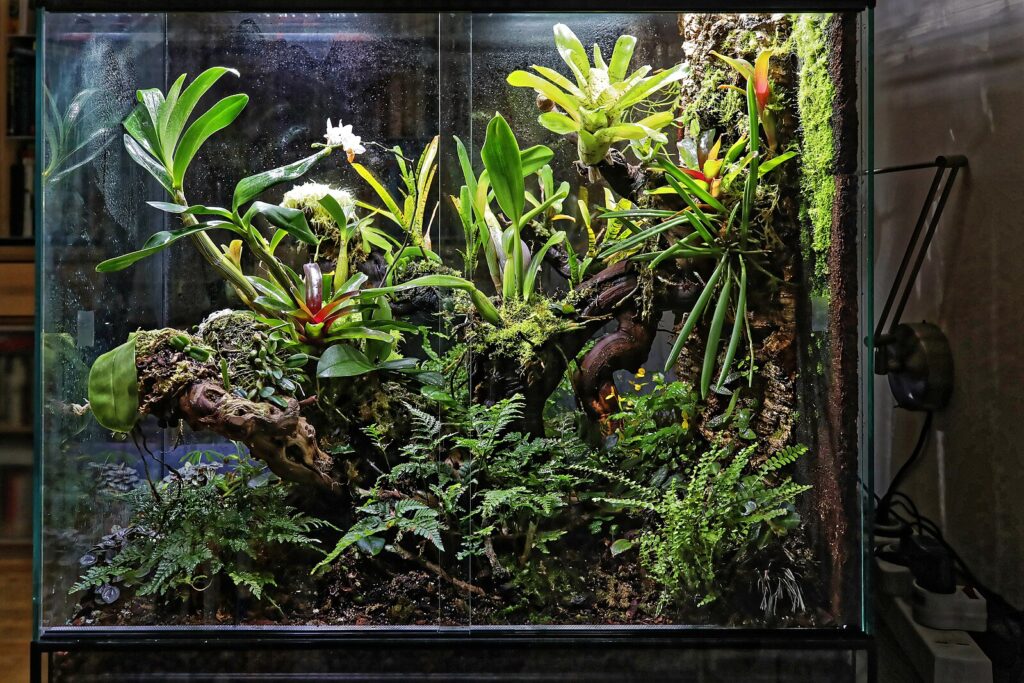
Tropical reptile habitats benefit from plants that thrive in warm, humid conditions with filtered light. Pothos (Epipremnum aureum) stands as perhaps the most versatile and forgiving terrarium plant, offering cascading vines that can be trained along branches or walls while tolerating varied light conditions. Bromeliads add both color and functionality, with their central cup formations naturally collecting water that some reptiles will drink from, while also providing excellent climbing and hiding structures. Ferns such as bird’s nest fern (Asplenium nidus) and button fern (Pellaea rotundifolia) create lush undergrowth that helps maintain humidity while offering natural cover. For larger tropical setups, small species of Dracaena like the compact “Janet Craig” cultivar offer vertical structure with minimal footprint, creating valuable climbing opportunities and visual barriers.
Plants for Semi-Aquatic Terrariums
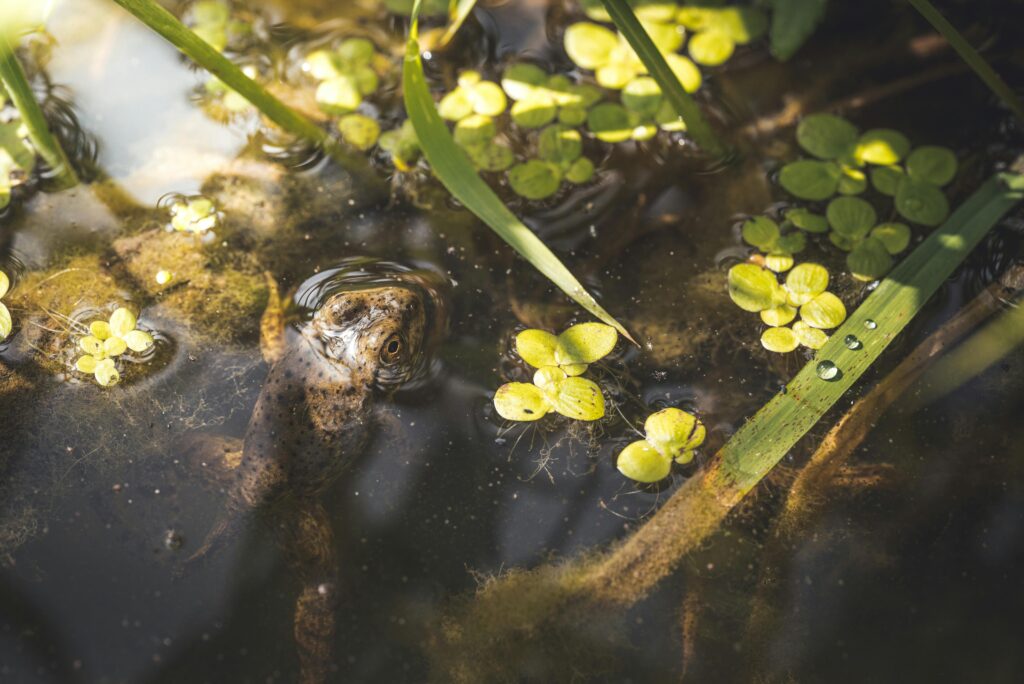
Semi-aquatic habitats present unique challenges, requiring plants that can tolerate both wet substrate and occasional submersion. Pothos again proves its versatility here, as it readily grows with its roots in water while its vines can climb or trail above the waterline. Spider plants (Chlorophytum comosum) perform well in humid environments with their roots in consistently moist soil, creating attractive cascades of variegated foliage. Peace lilies (Spathiphyllum) thrive in the high humidity of semi-aquatic setups and can tolerate their roots being partially submerged. For plants that will experience regular flooding, consider true aquatic or bog species like Anubias or Cryptocoryne varieties, which can be fully or partially submerged without rotting, making them ideal for turtle habitats with varying water levels.
Edible Plants for Herbivorous Reptiles

For reptiles with herbivorous or omnivorous diets, incorporating edible plants creates a natural feeding opportunity while enhancing the habitat. Dandelion greens grow readily in terrarium conditions and provide excellent nutrition with high calcium content, making them particularly valuable for species prone to metabolic bone disease. Collard greens and mustard greens can be planted and allowed to grow, offering sustainable browse material rich in vitamins and minerals. Herbs like basil, cilantro, and parsley not only provide nutritional variety but also introduce beneficial aromatic compounds to the environment. When selecting edible plants, avoid those treated with pesticides or fertilizers, and introduce new plant foods gradually to monitor for digestive sensitivities in your reptile.
Plants That Help Maintain Humidity
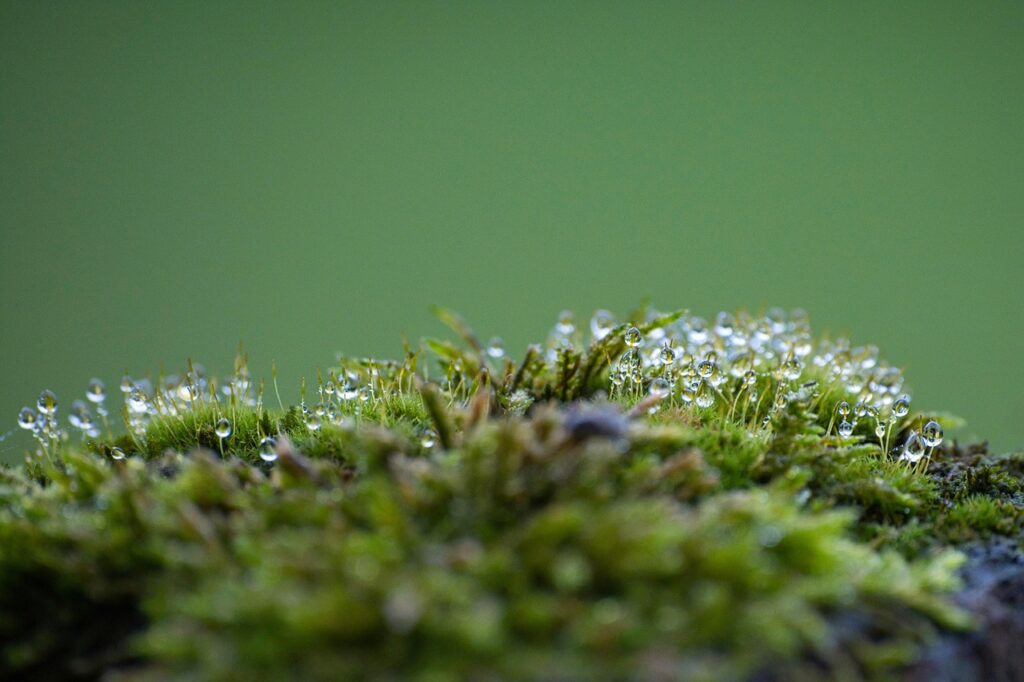
Certain plants excel at increasing and stabilizing humidity levels through transpiration, making them valuable additions to habitats for moisture-loving species. Ferns release significant moisture into the air and generally indicate the health of your terrarium’s humidity levels – wilting ferns suggest insufficient humidity. Mosses act as natural humidity regulators by absorbing excess moisture when available and slowly releasing it back into the environment as conditions dry. Peperomia varieties, with their thick, succulent-like leaves, store water efficiently while gradually releasing moisture through transpiration. For larger enclosures, umbrella plants (Schefflera) create a tropical canopy effect while contributing substantially to ambient humidity through their broad leaf surfaces, which maximize transpiration rates.
Plants That Provide Natural Hiding Places
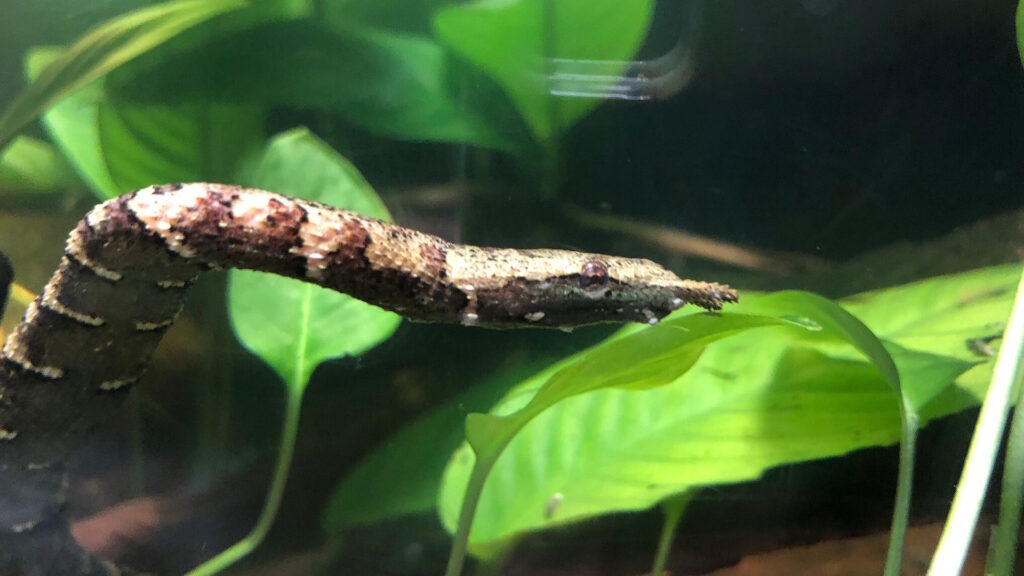
Strategic plant selection can create biological hiding spots that reduce stress and promote natural behaviors in captive reptiles. Calathea plants offer broad, sturdy leaves that create ground-level coverage perfect for terrestrial species seeking shelter. Snake plants (Sansevieria) provide vertical structure with dense growth patterns that create secure retreats between their stiff, upright leaves. For arboreal species, trailing plants like Swedish ivy (Plectranthus verticillatus) create leafy curtains among branches that offer concealment while allowing visibility for the keeper. Cryptanthus (earth stars) form dense rosettes at ground level, creating perfect microhabitats where small reptiles can retreat completely from view while remaining in environmentally optimal conditions near the substrate where humidity is often highest.
Low-Maintenance Plants for Beginners
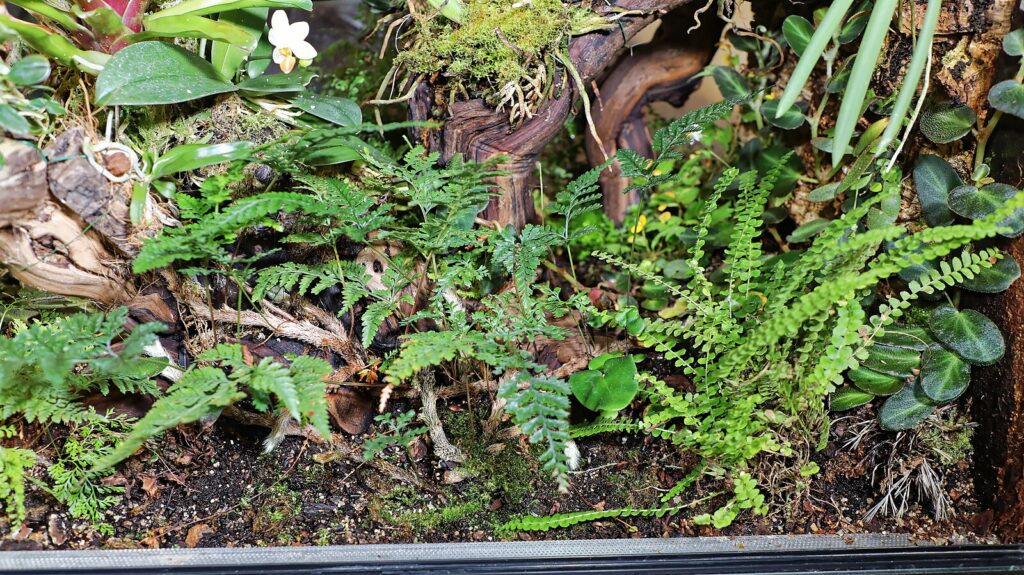
Newcomers to bioactive terrariums should start with resilient plants that forgive maintenance mistakes. Pothos earns its place yet again on this list as perhaps the most adaptable and forgiving terrarium plant, tolerating varied light, inconsistent watering, and even occasional nibbling. Snake plants survive neglect admirably, requiring minimal water and continuing to thrive in conditions that would kill most other plants. Tillandsia (air plants) eliminate substrate concerns altogether, as they can be mounted on hardscape elements and require only occasional misting rather than traditional watering. Spider plants offer attractive variegated foliage while tolerating a wide range of conditions, quickly producing offshoots that can be established elsewhere in the enclosure to increase coverage with minimal effort.
Planting and Maintenance Techniques

Successful terrarium plantings begin with proper installation techniques that set plants up for long-term sustainability. Always remove all nursery soil from plants before installation, as commercial potting mixes often contain fertilizers, perlite, and other additives unsuitable for reptile environments. Create planting pockets in the terrarium substrate that allow for root expansion, and consider using plant barriers for species that might aggressively spread through the enclosure.
Establish a maintenance routine that includes selective pruning to control growth and prevent plants from outcompeting each other or blocking essential heat and UVB lamps. Monitor plant health regularly for signs of stress or disease, which can serve as early indicators of inappropriate terrarium conditions that might eventually affect your reptile’s health.
Plants to Avoid in Reptile Terrariums
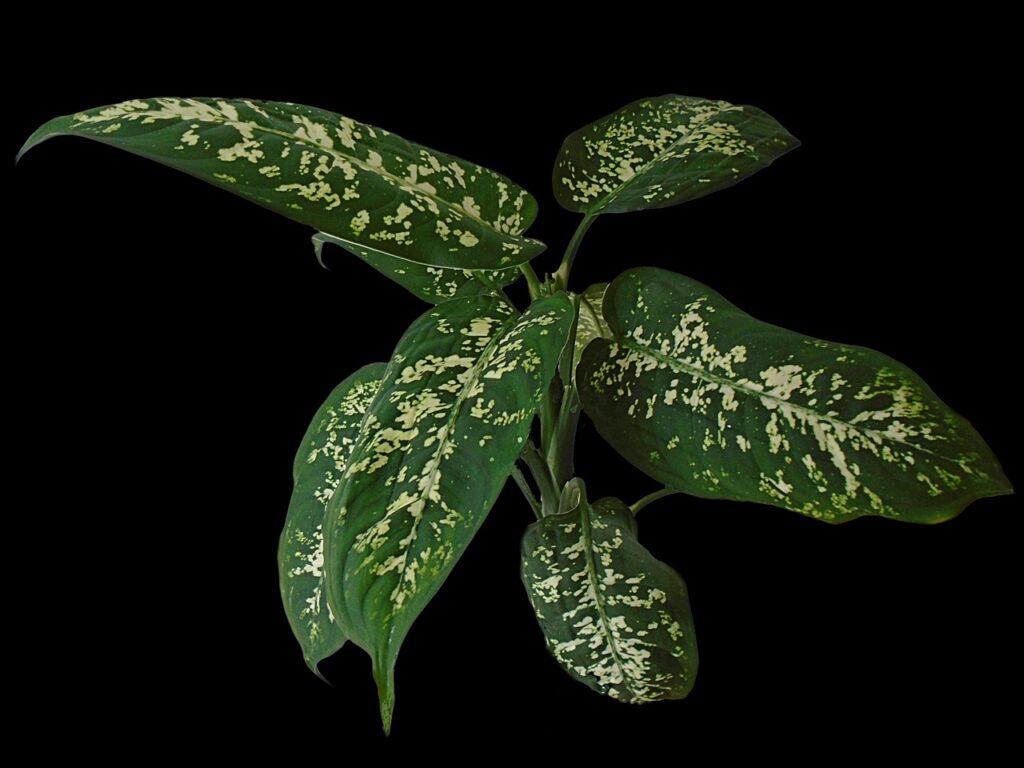
Several common houseplants and garden favorites pose significant health risks to reptiles and should never be included in terrariums. Dieffenbachia (dumb cane) contains calcium oxalate crystals that cause severe oral irritation and potential respiratory distress if ingested or even contacted by sensitive species. Philodendrons, while attractive and readily available, contain similar toxic compounds that can cause inflammation and difficulty breathing.
Lilies of all varieties contain compounds toxic to many reptile species, potentially causing kidney damage if consumed. Beyond these specific examples, any plant with thorns, sticky sap, or strong aromatic oils should be avoided as these features have evolved specifically as animal deterrents and can cause injury or respiratory irritation in the confined space of a terrarium.
Creating a Sustainable Plant Ecosystem
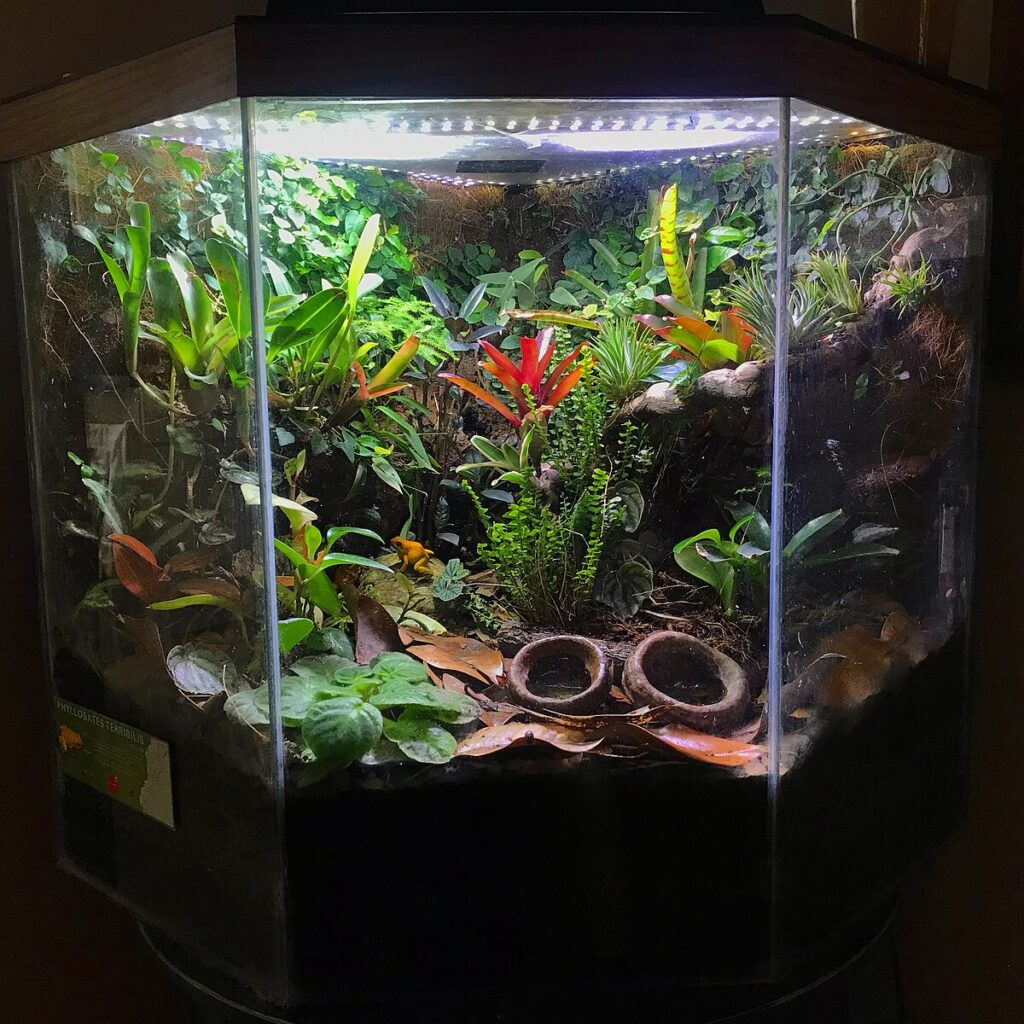
The ultimate goal of a planted terrarium is to establish a balanced ecosystem where plants thrive with minimal intervention. Achieving this balance requires careful consideration of the terrarium’s full environmental cycle, including appropriate cleanup crew species like springtails and isopods that break down plant matter and reptile waste. Layered planting strategies maximize available space by combining ground covers, mid-level plants, and climbing species that occupy different niches within the habitat. Incorporate natural cycles by allowing some plant matter to decompose in place, returning nutrients to the system that support continued growth. With proper establishment, a well-designed bioactive terrarium creates a virtuous cycle where plant growth, microfauna activity, and natural decomposition work together to maintain healthy conditions for your reptile companion with decreasing need for human intervention over time.
Transforming your reptile’s terrarium with carefully selected live plants creates a living slice of their natural habitat right in your home. Beyond the aesthetic appeal, this approach delivers meaningful welfare benefits through environmental enrichment, natural behaviors, and improved habitat quality. By selecting species appropriate to your reptile’s natural environment and needs, you create not just a display, but a functional ecosystem that supports your pet’s physical and psychological health. Whether you’re maintaining a desert landscape dotted with architectural succulents or a lush tropical paradise dripping with philodendrons, the right plant choices make all the difference in creating a thriving, beautiful home for your exotic reptile companion.

